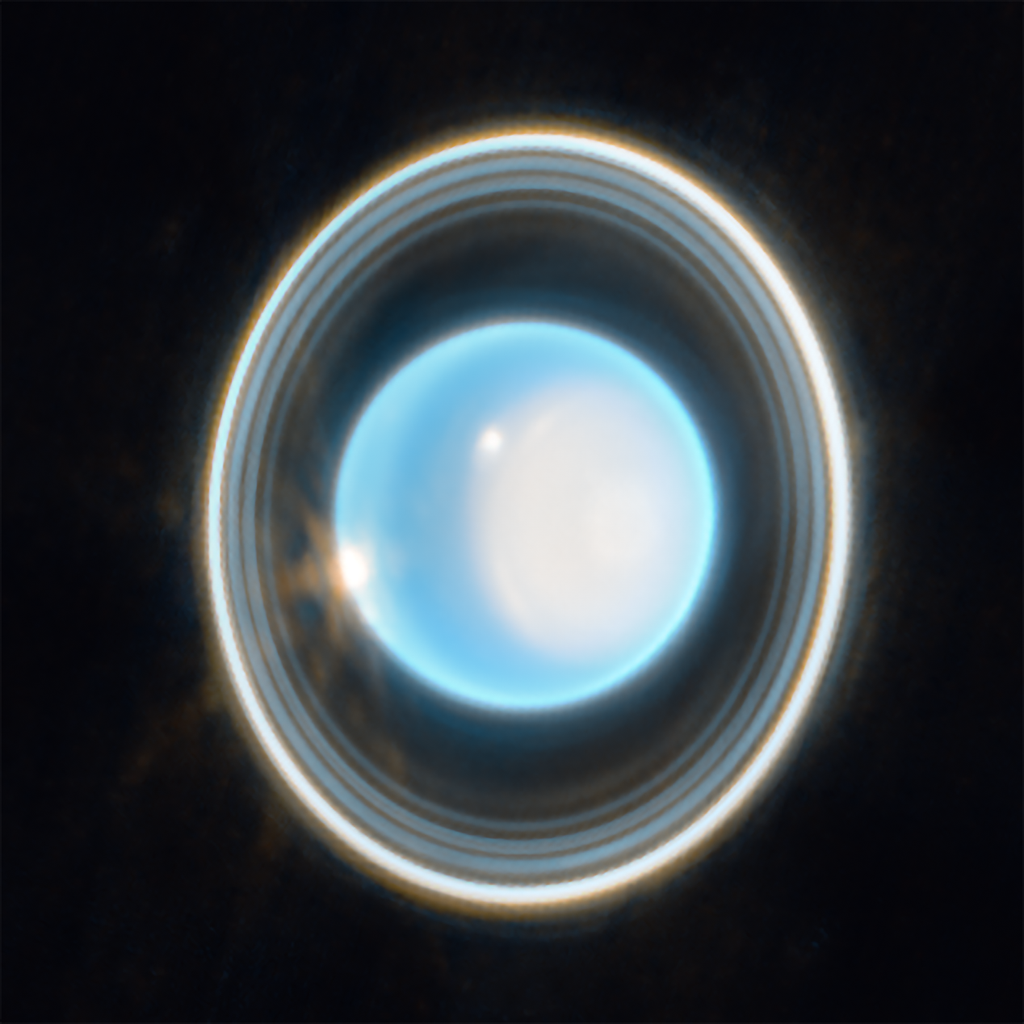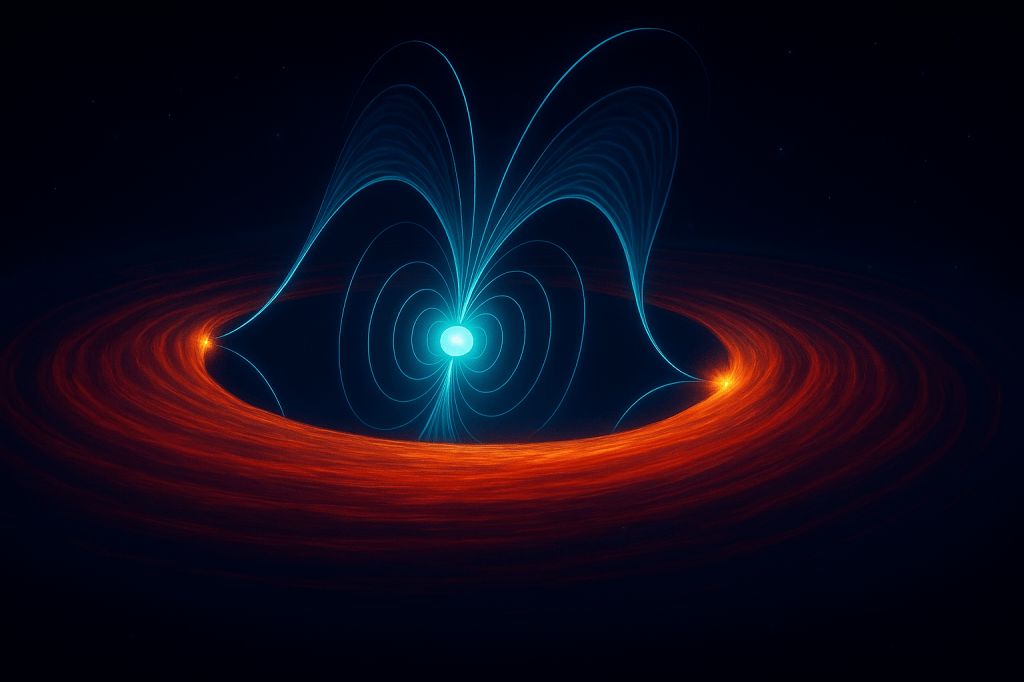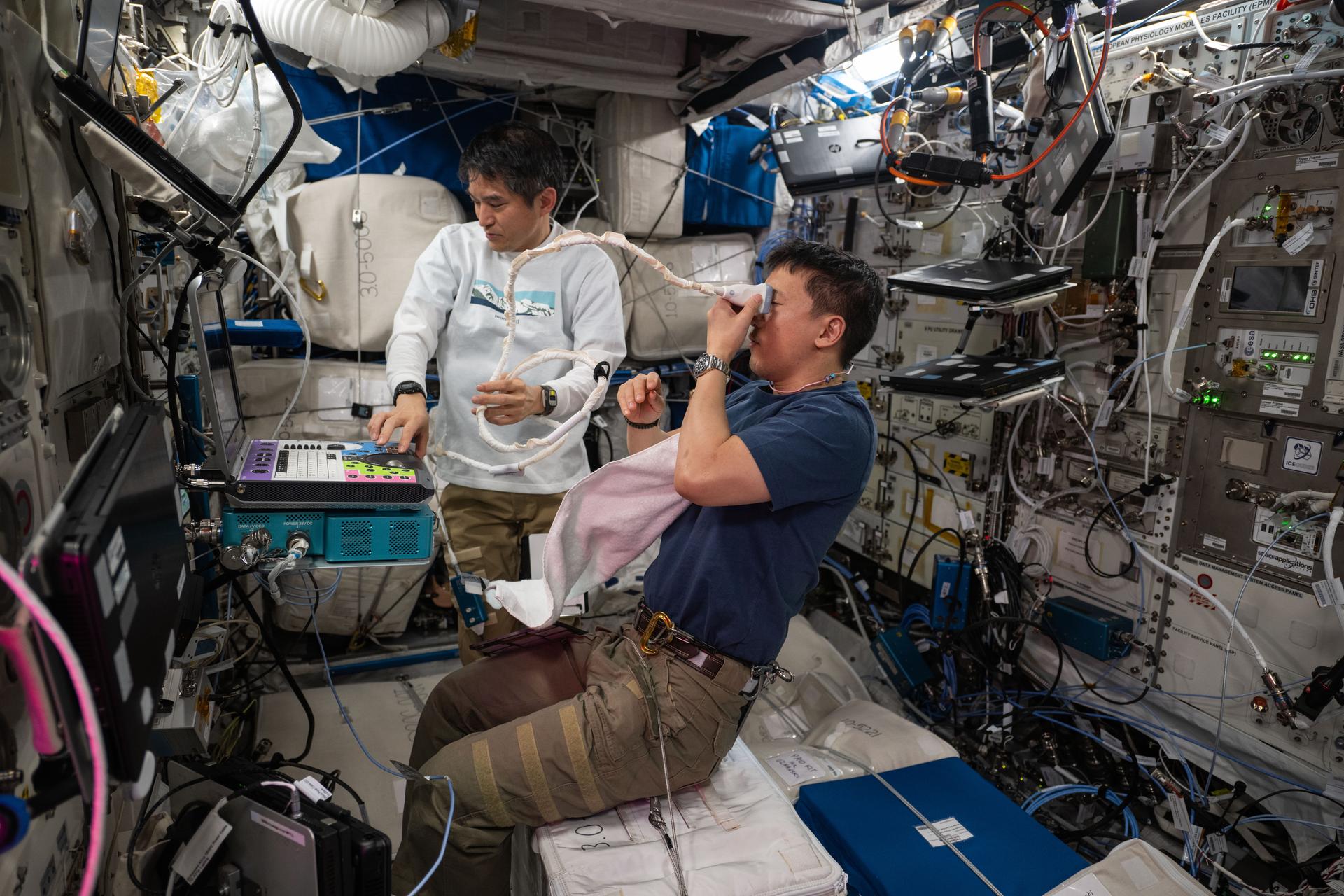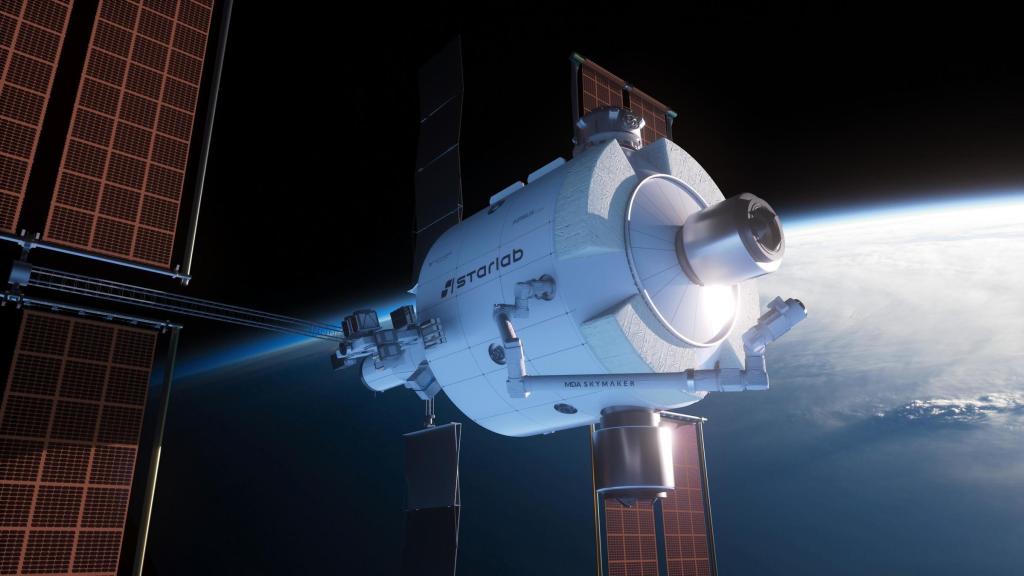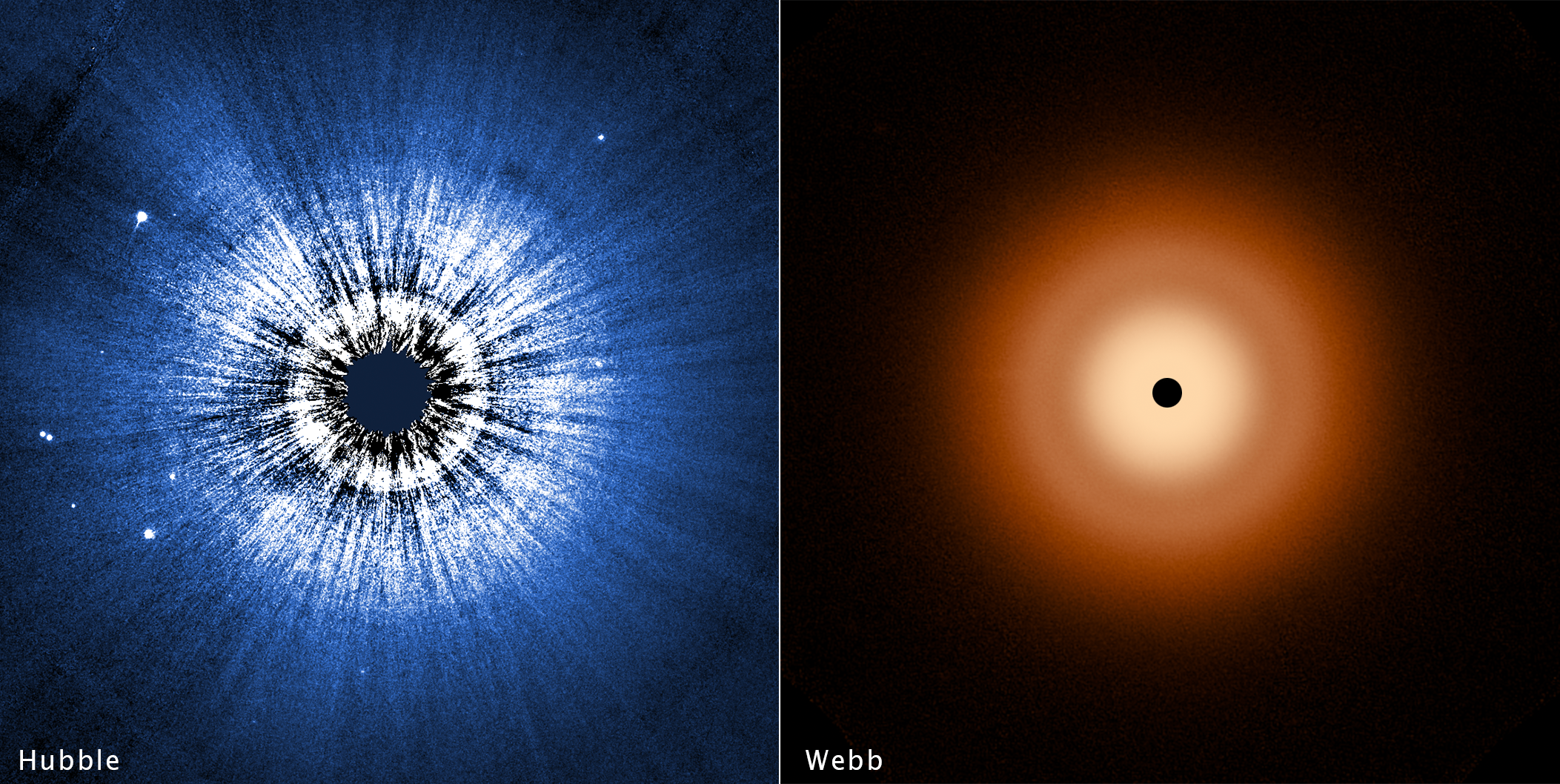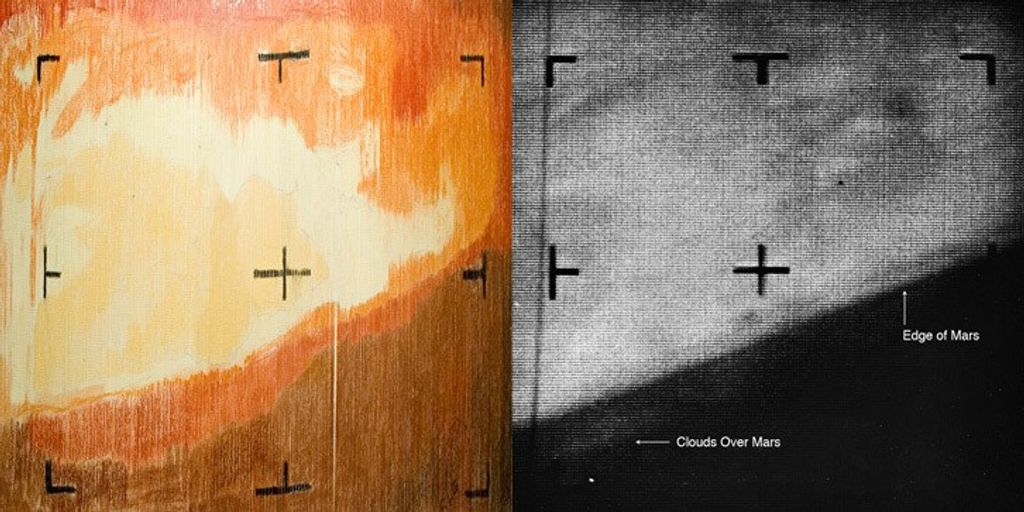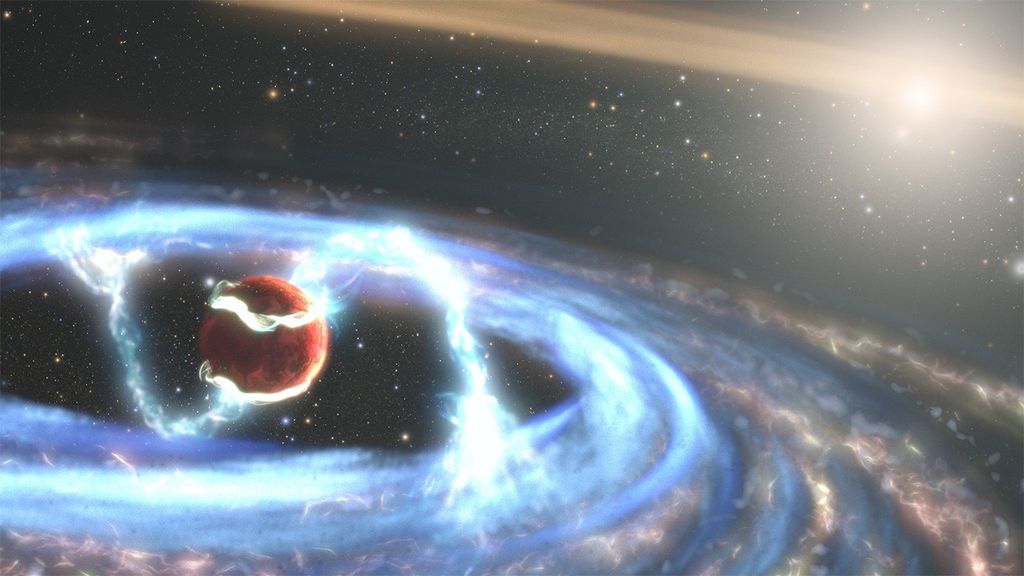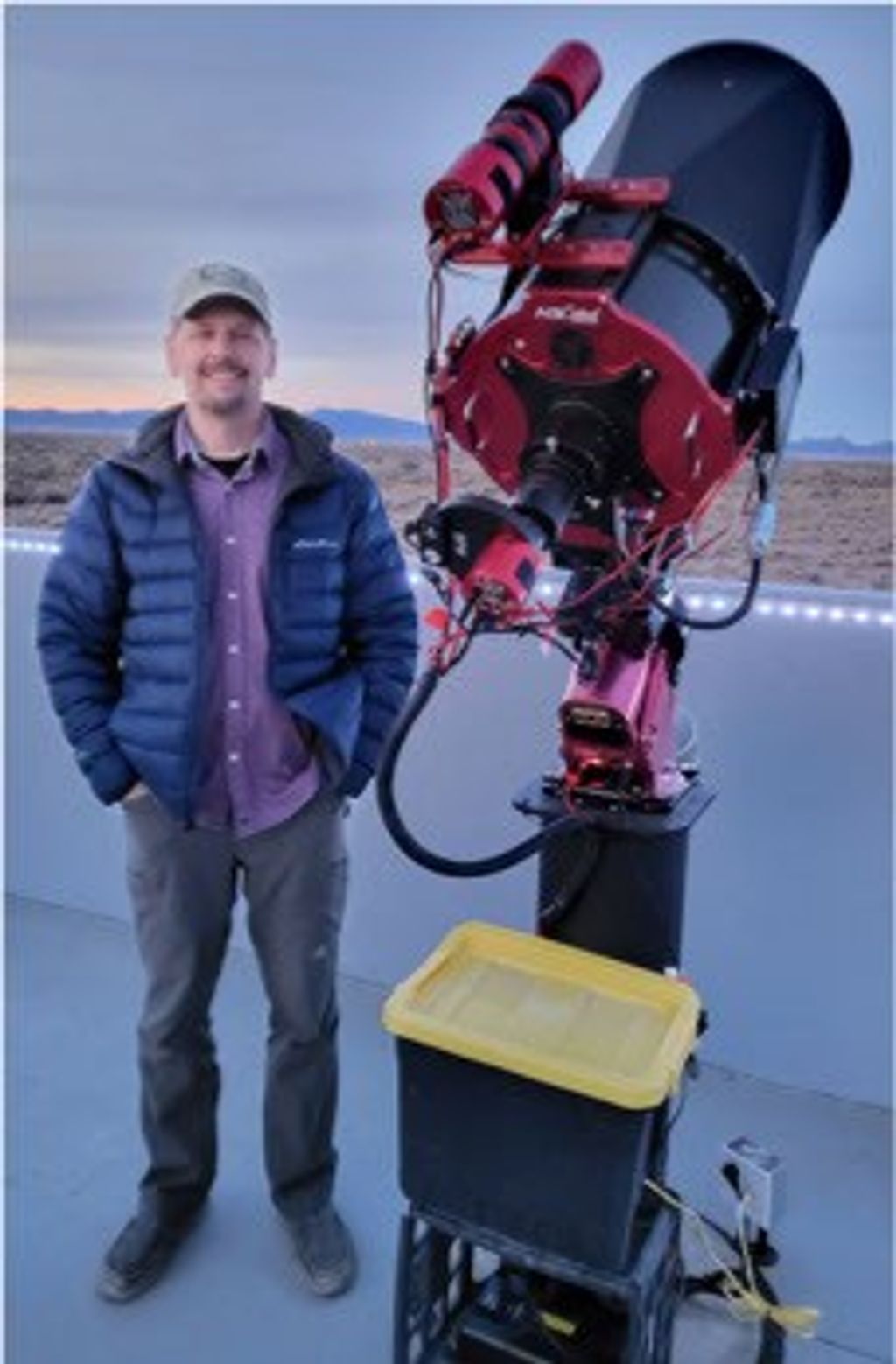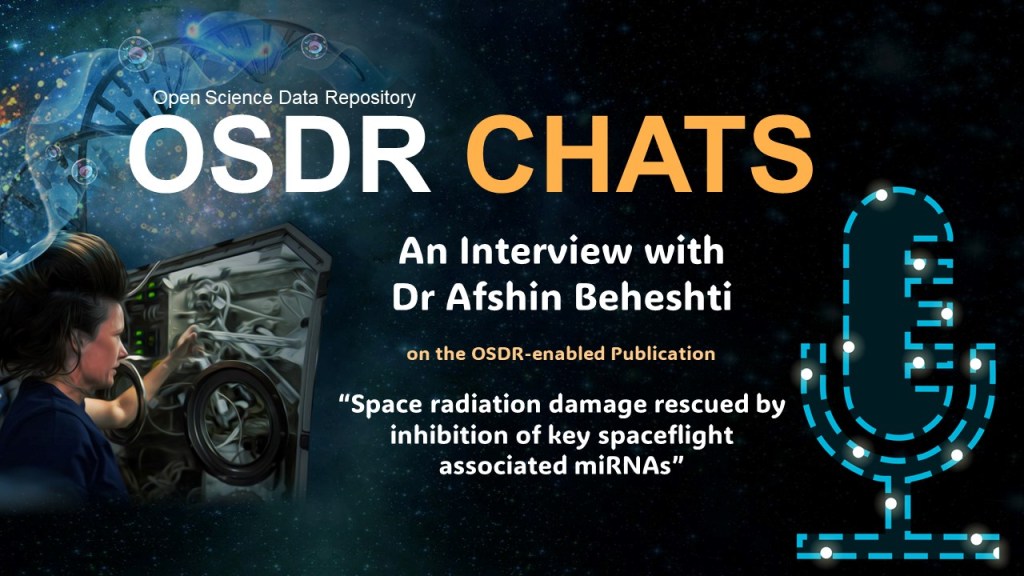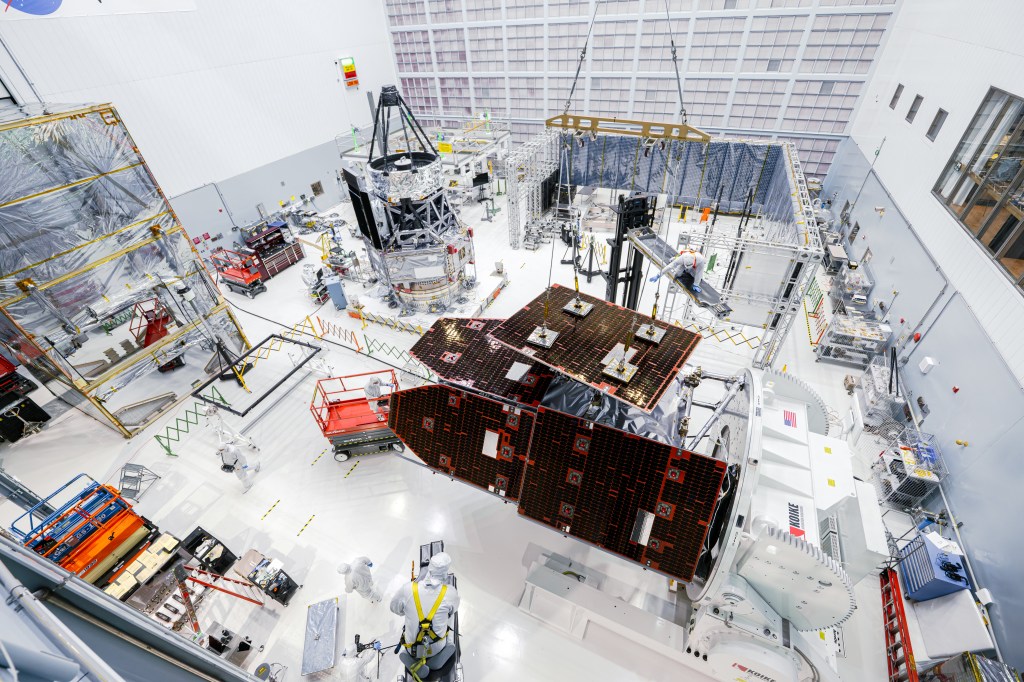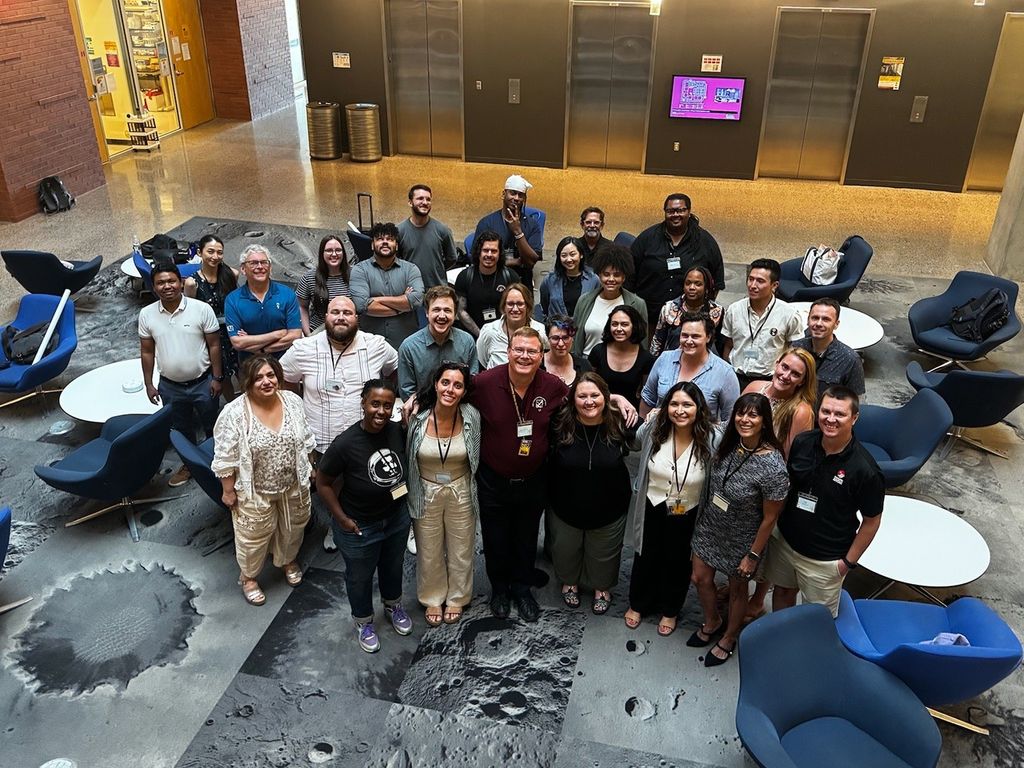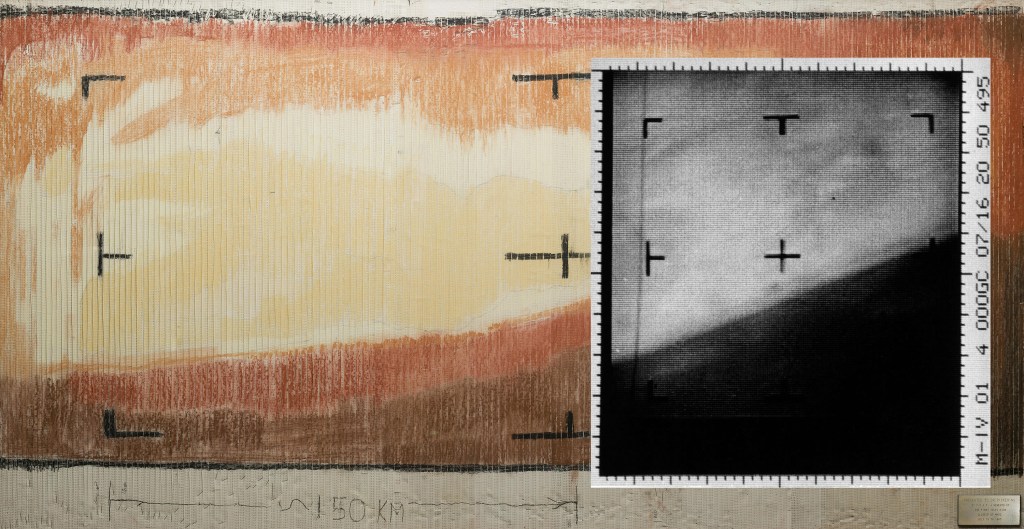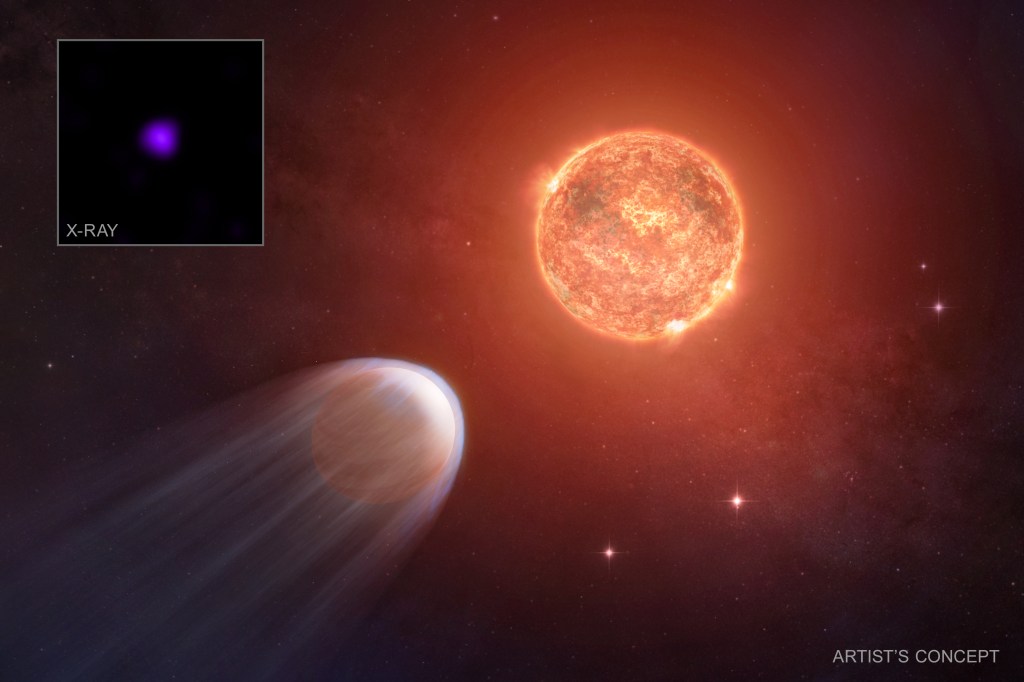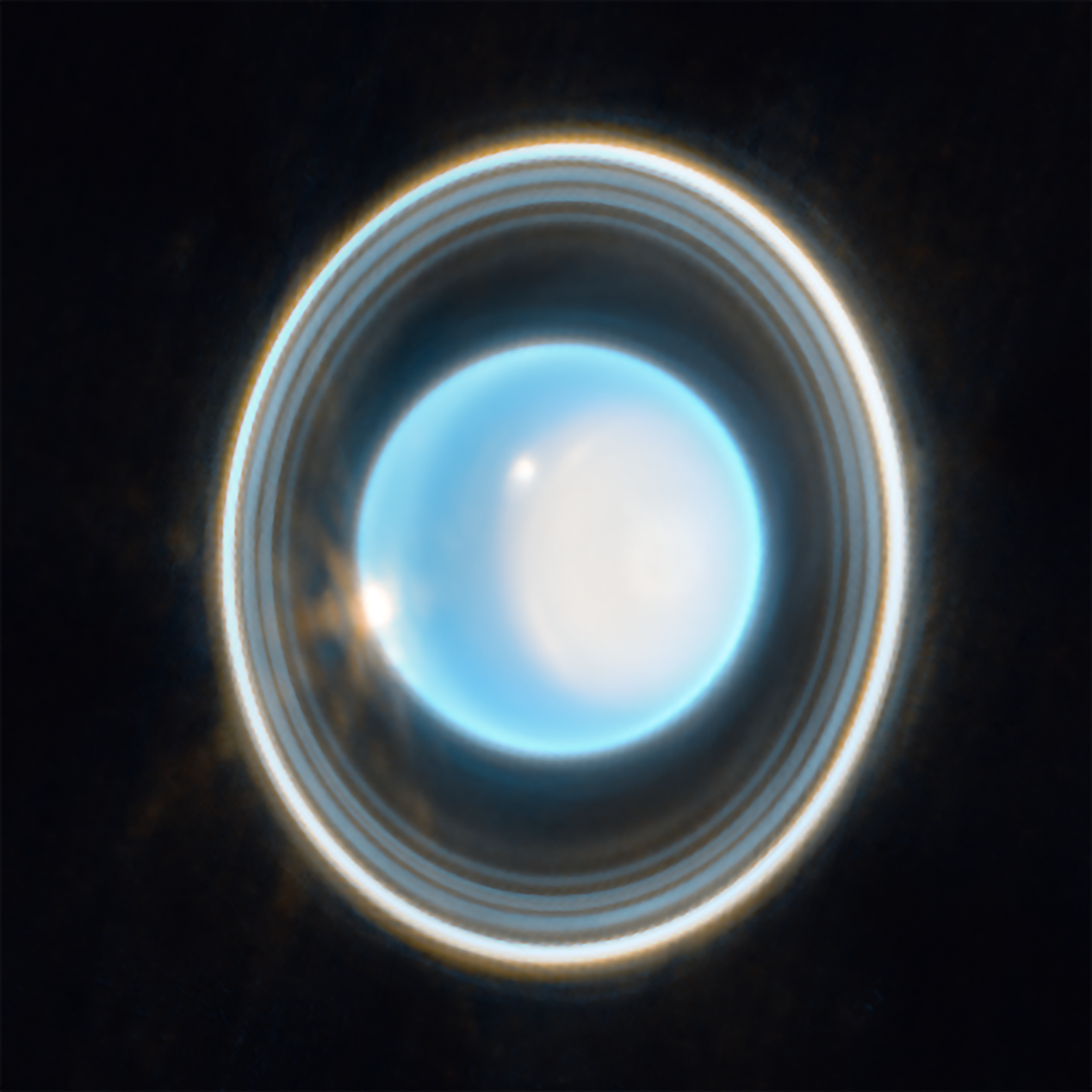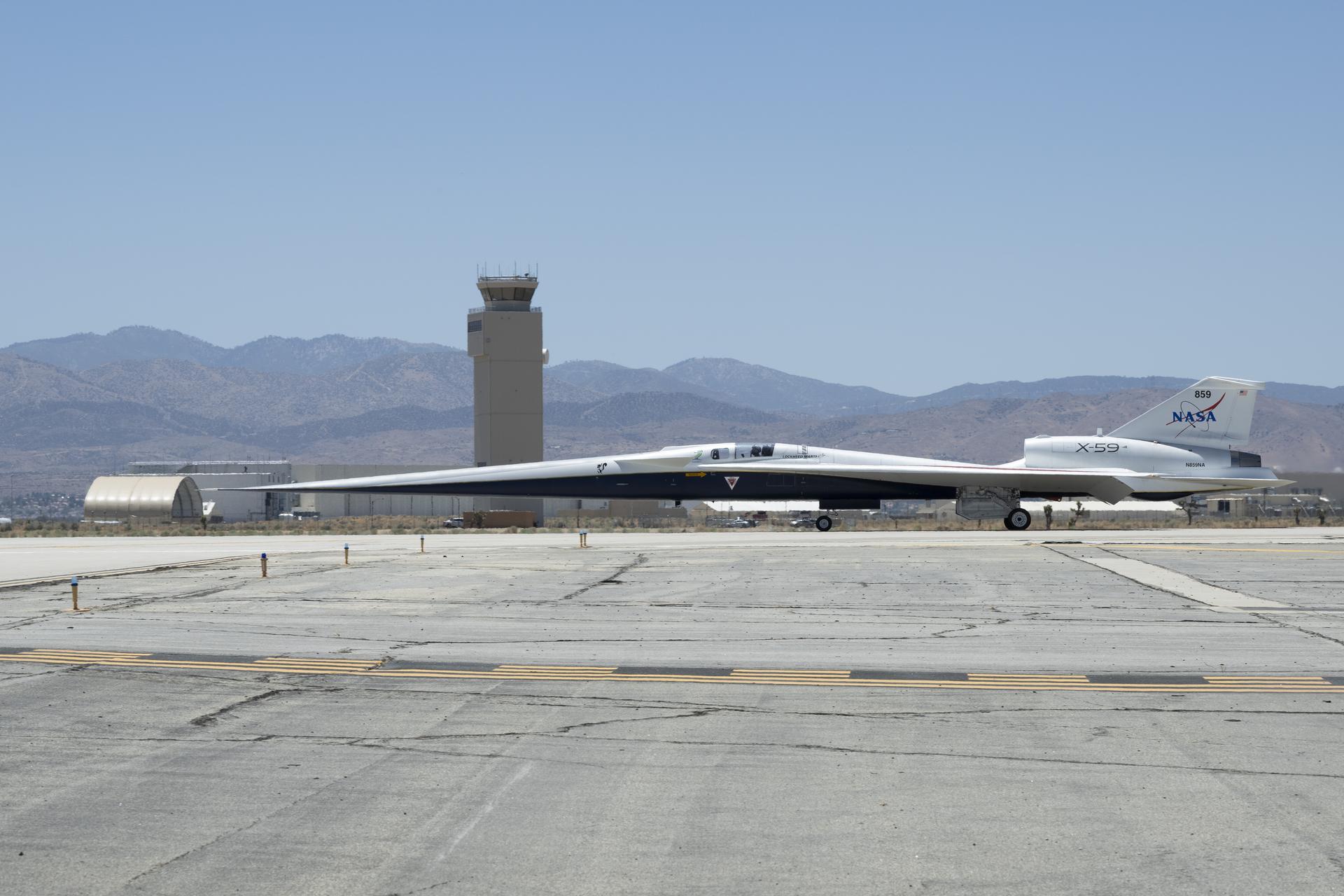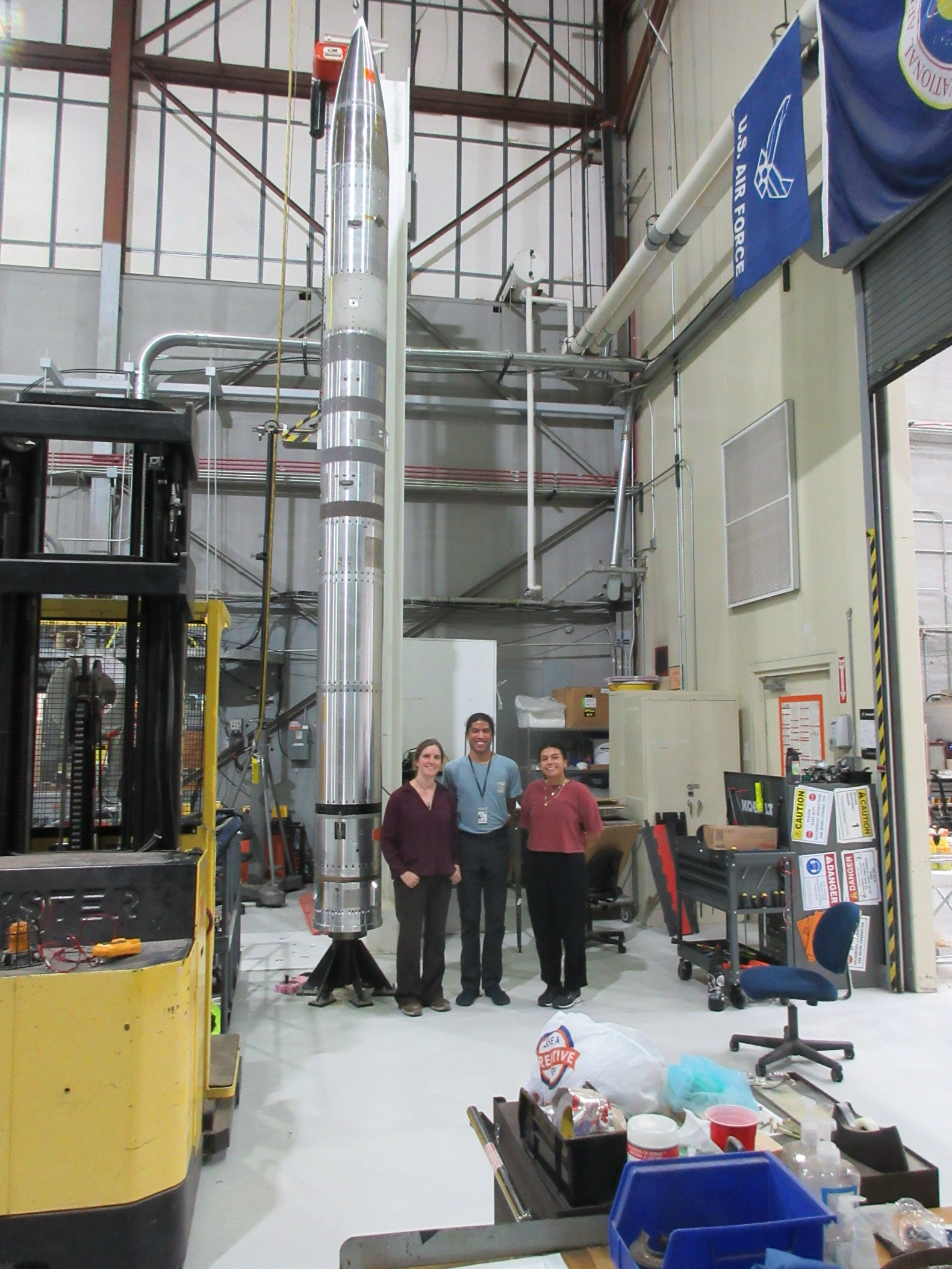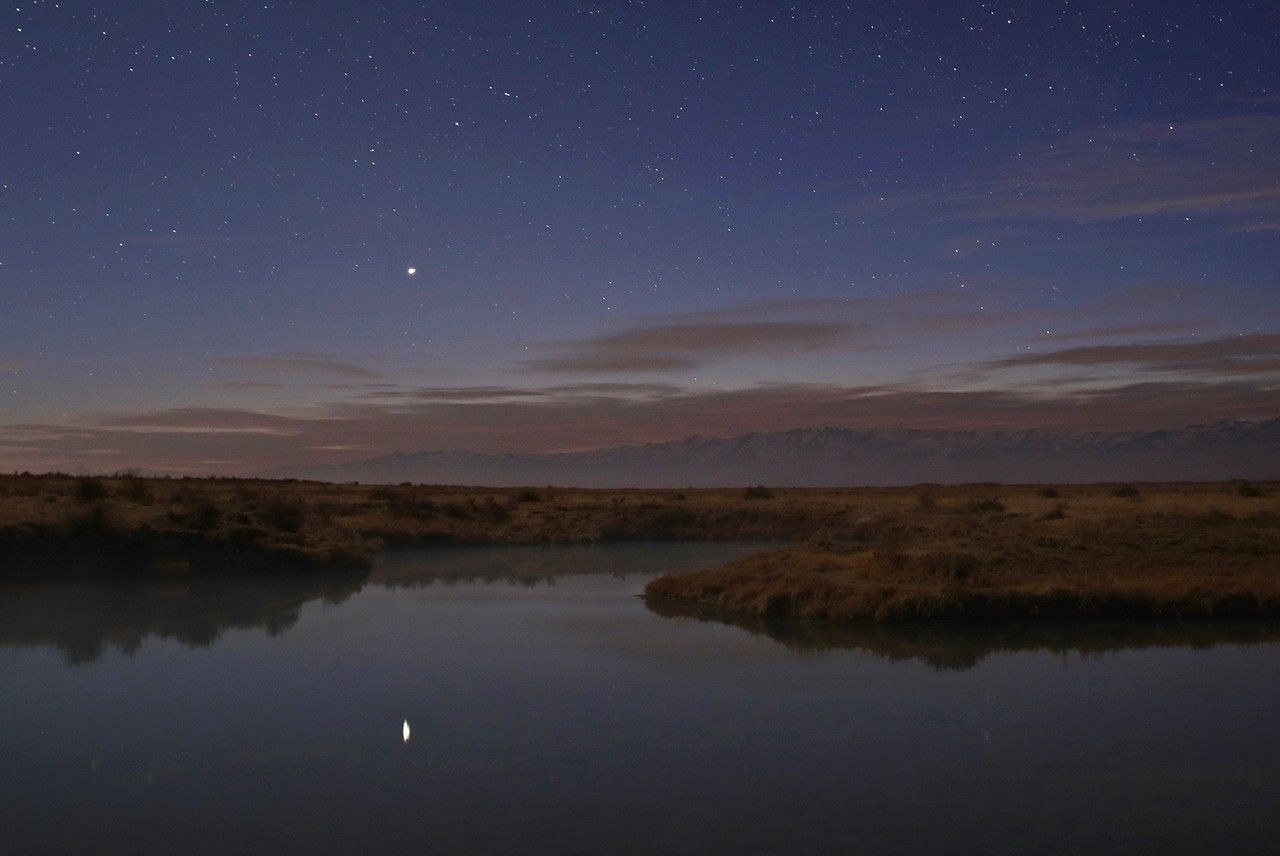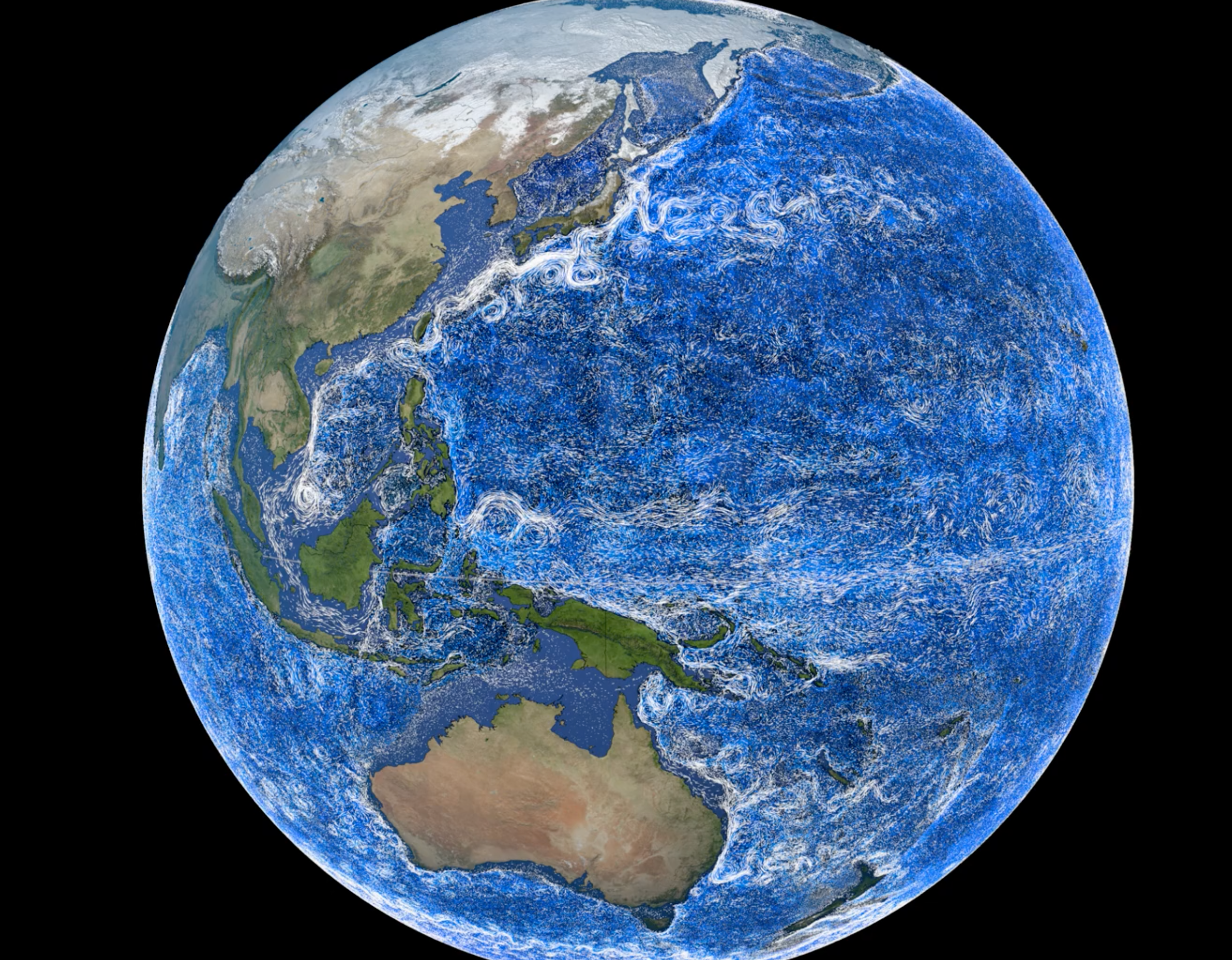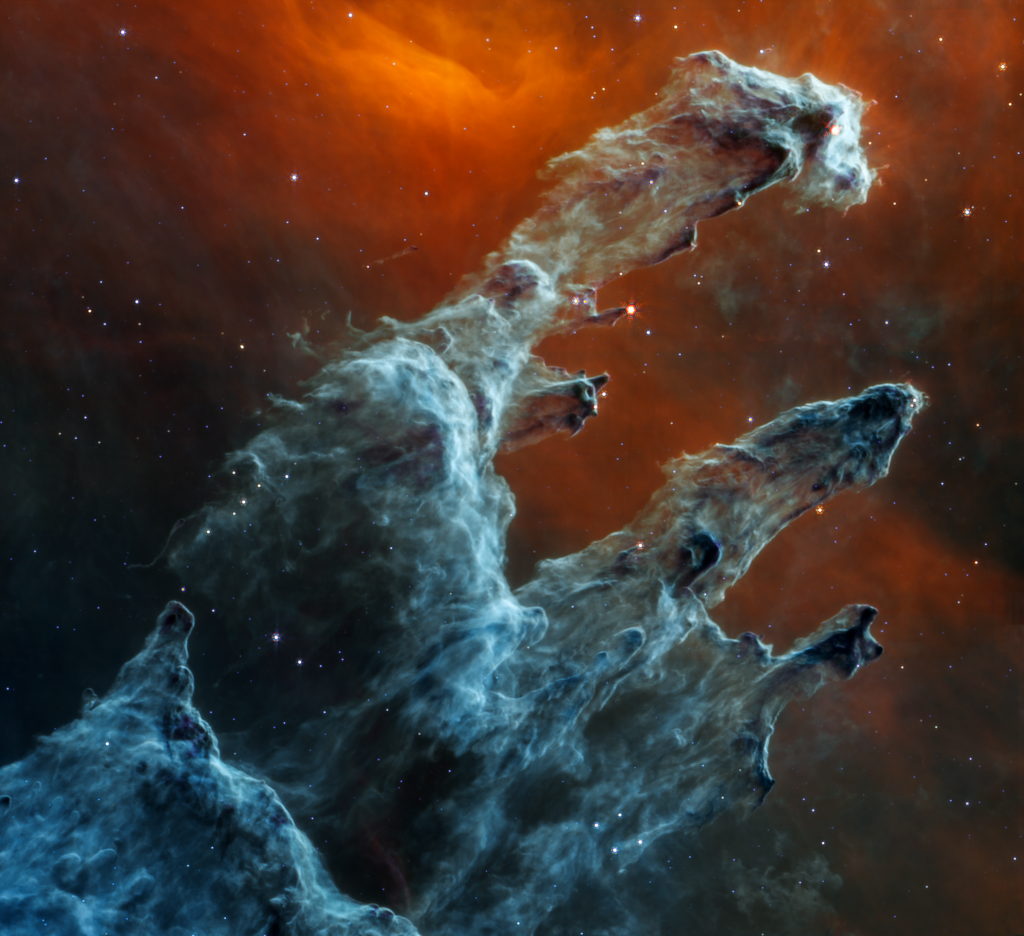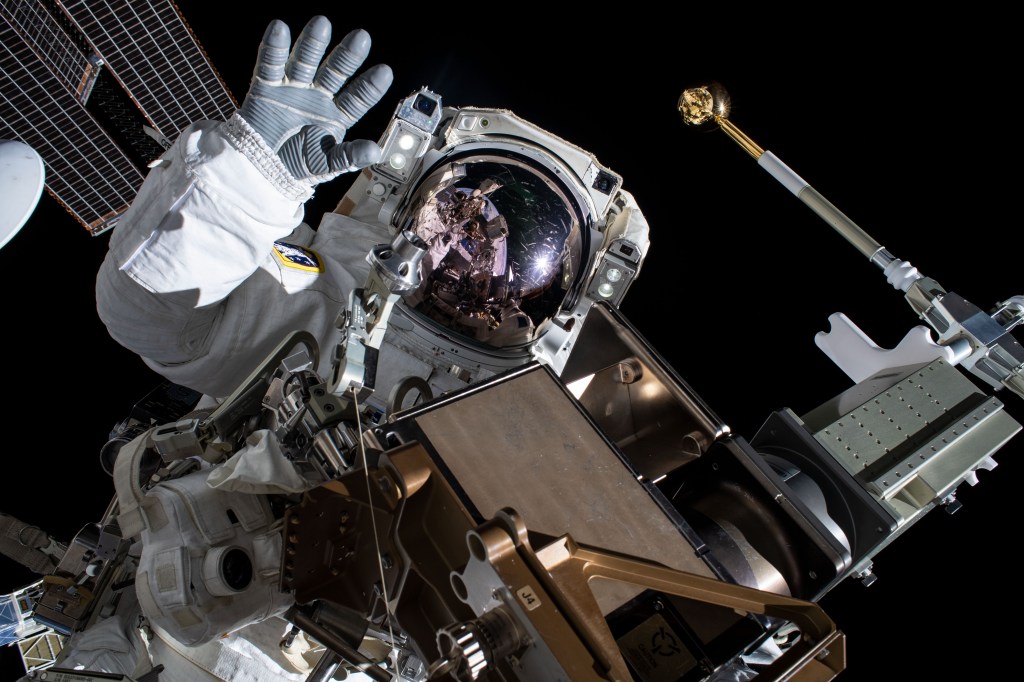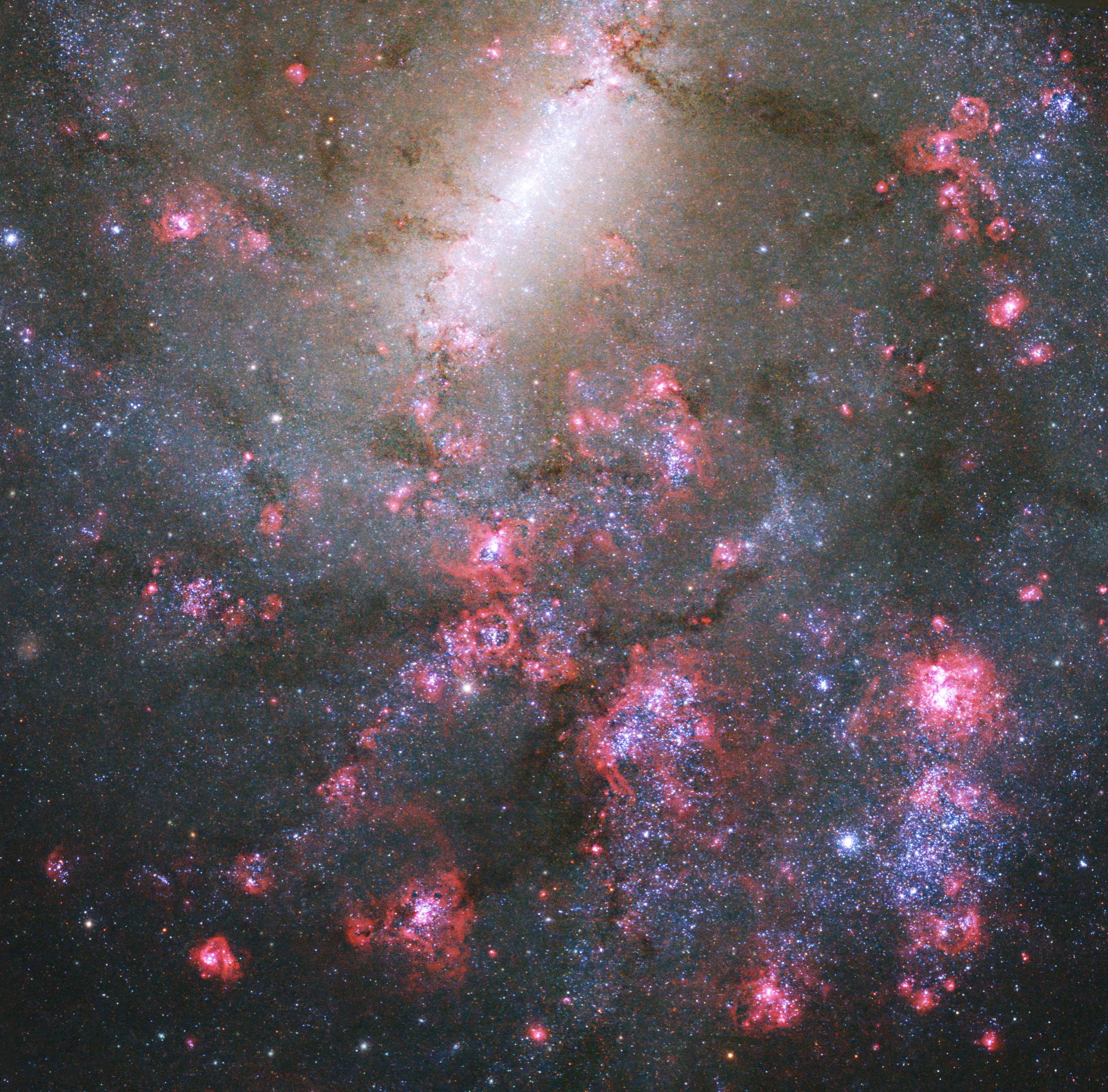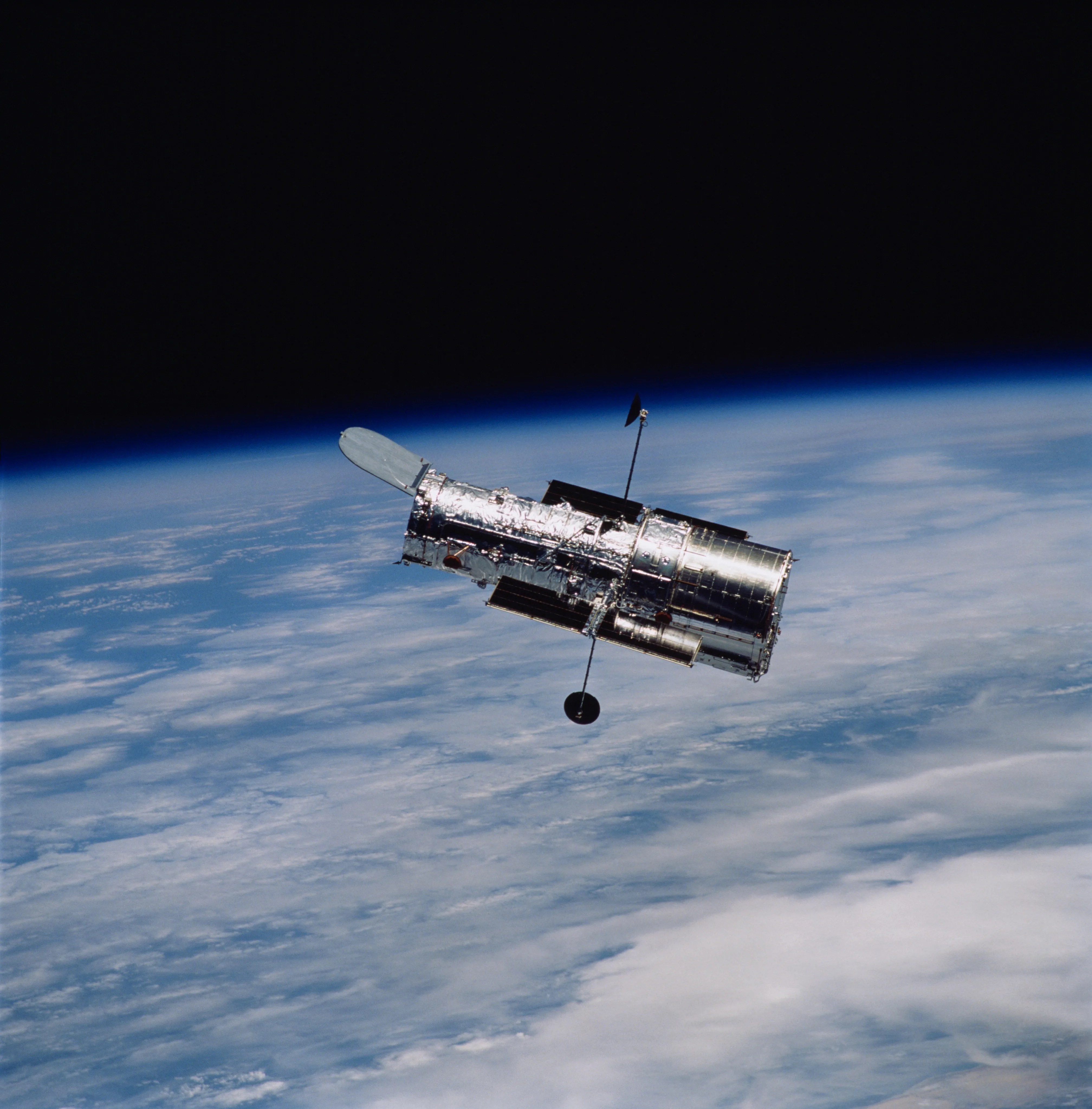Featured News
Unprecedented View
Launching no earlier than late July, NISAR (NASA-ISRO Synthetic Aperture Radar) is a first-of-its-kind collaboration between NASA and ISRO (Indian Space Research Organisation). The Earth-observing satellite carries an advanced radar system that will provide a dynamic, three-dimensional view of Earth in unprecedented detail.
Mission Details about Unprecedented View
Today
Image Of The Day
Hubble Snaps Galaxy Cluster’s Portrait
This NASA/ESA Hubble Space Telescope image features the galaxy cluster Abell 209.
More NASA Images
Explore the Universe from your Inbox
Stay up-to-date on the latest news from NASA–from Earth to the Moon, the Solar System and beyond.
We will never share your email address.
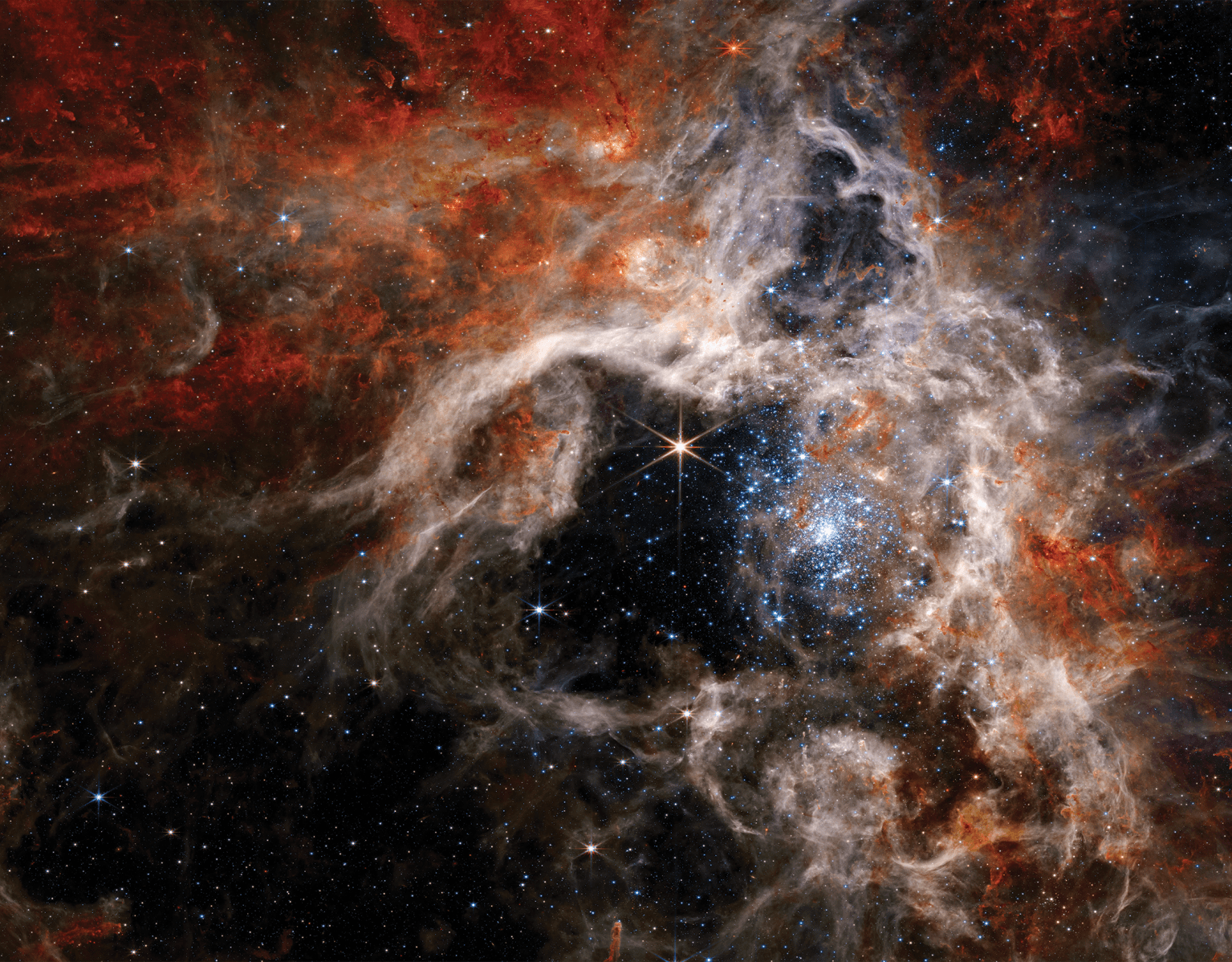
Earth Information Center
Explore our changing planet
For more than 50 years, NASA satellites have provided data on Earth’s land, water, air, temperature, and climate. NASA’s Earth Information Center allows visitors to see how our planet is changing in six key areas: sea level rise and coastal impacts, health and air quality, wildfires, greenhouse gases, sustainable energy, and agriculture.
Earth Science about Explore our changing planet


